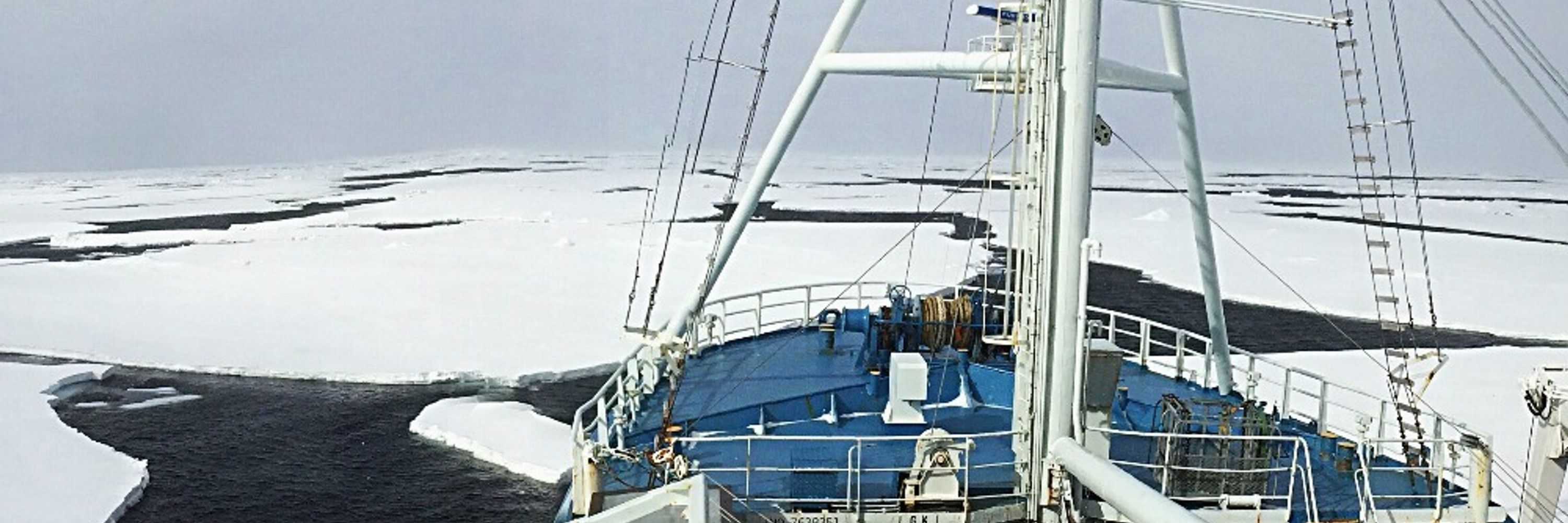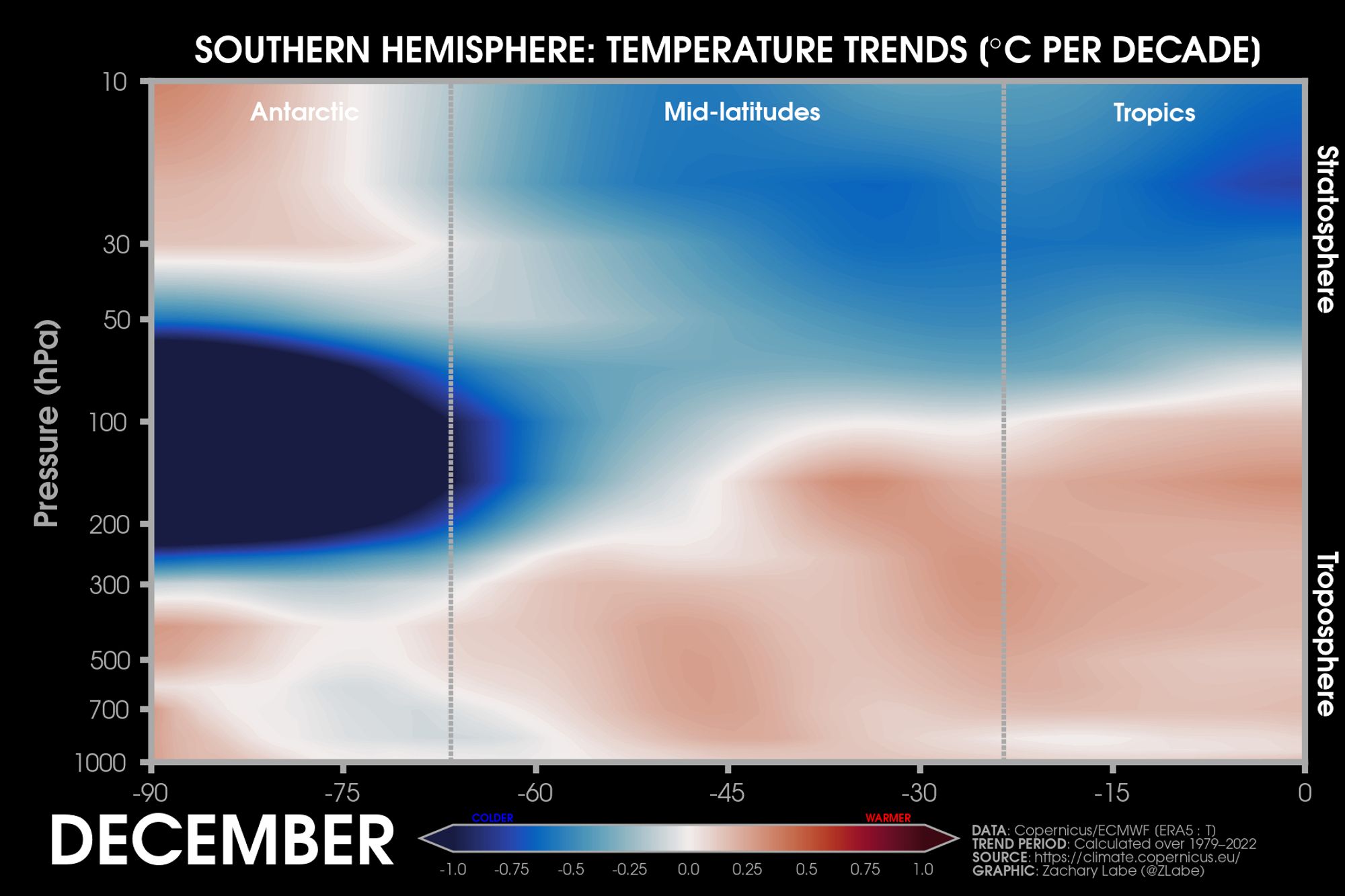
ZL
Zack Labe
@zlabe.bsky.social
Climate Scientist (Atmospheric) at NOAA GFDL | PhD | Be kind | He/Him | Views and thoughts expressed are my own | Passionate about improving science communication & accessibility through data-driven stories | zacklabe.com/ | 🎃
7.6k followers413 following1.5k posts
Warming is not only confined to the surface in December, but also extends vertically aloft. There are numerous feedbacks which contribute to Arctic amplification (i.e., not just sea ice loss). Data from ECMWF ERA5. For more info: doi.org/10.1029/2020...

Nice graphs. Is an explanation/mechanism at hand that you are aware of for the lack of december warming in the upper troposphere at 40-50N ? Strat-trop exchange?

ZL
Zack Labe
@zlabe.bsky.social
Climate Scientist (Atmospheric) at NOAA GFDL | PhD | Be kind | He/Him | Views and thoughts expressed are my own | Passionate about improving science communication & accessibility through data-driven stories | zacklabe.com/ | 🎃
7.6k followers413 following1.5k posts
